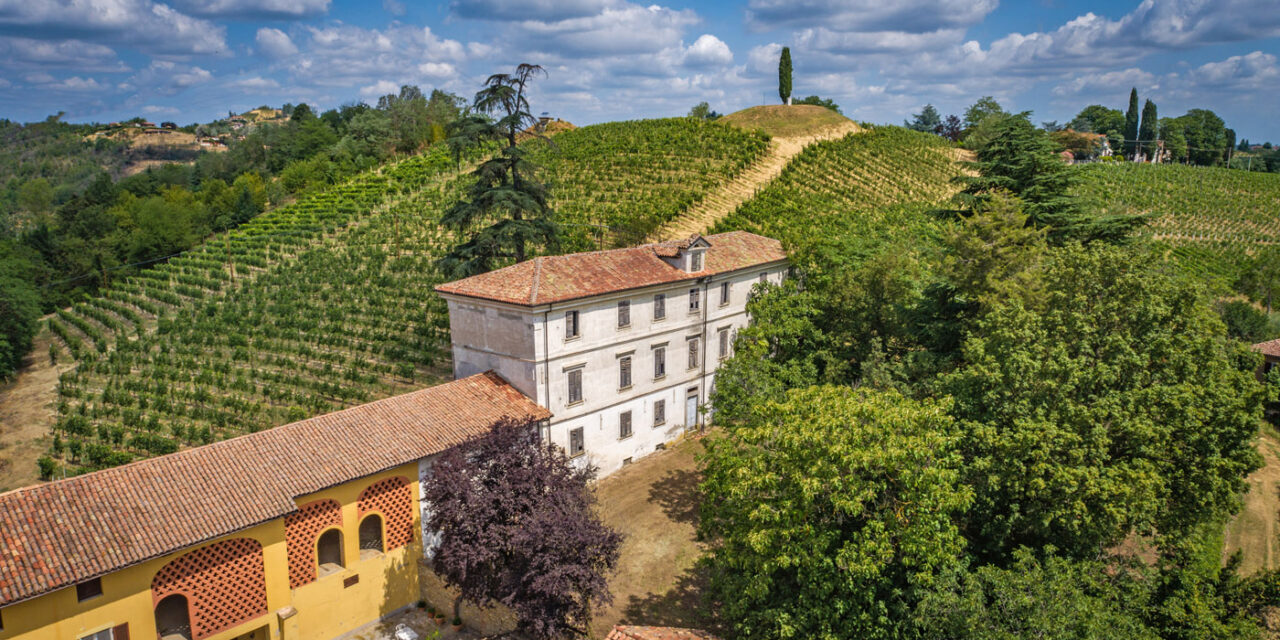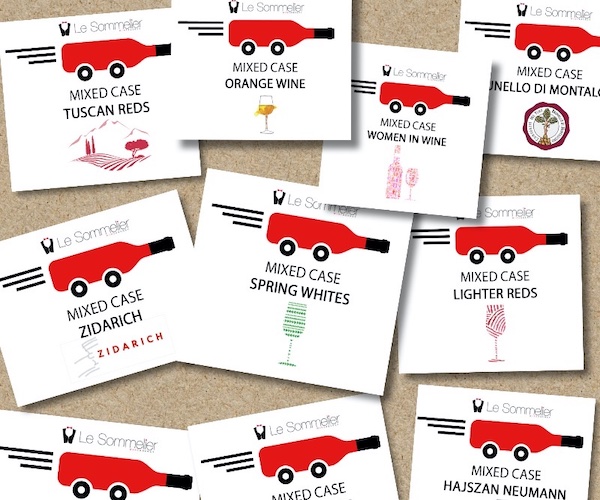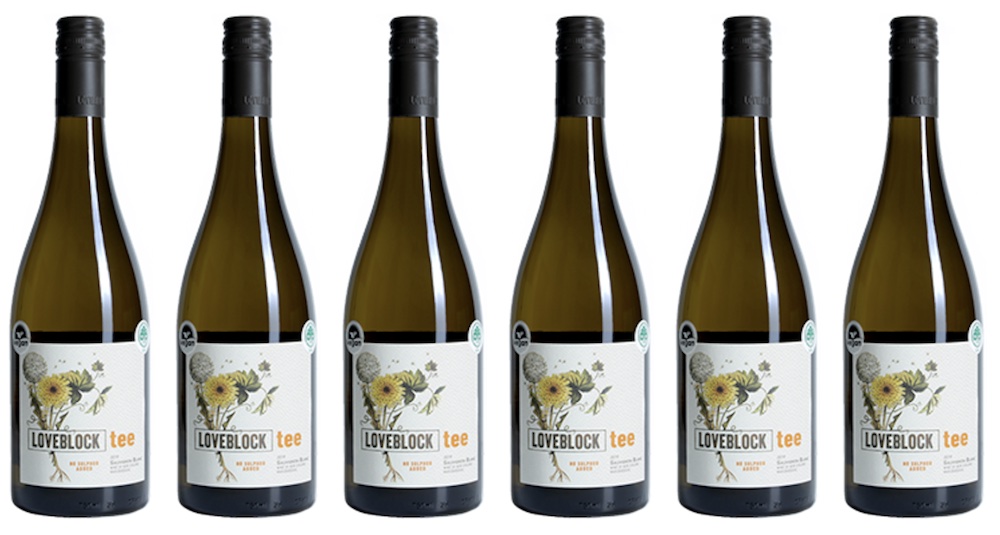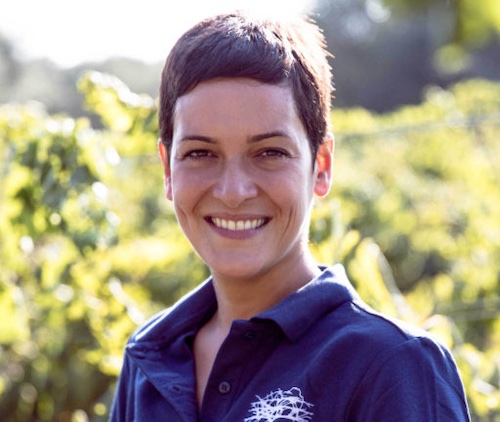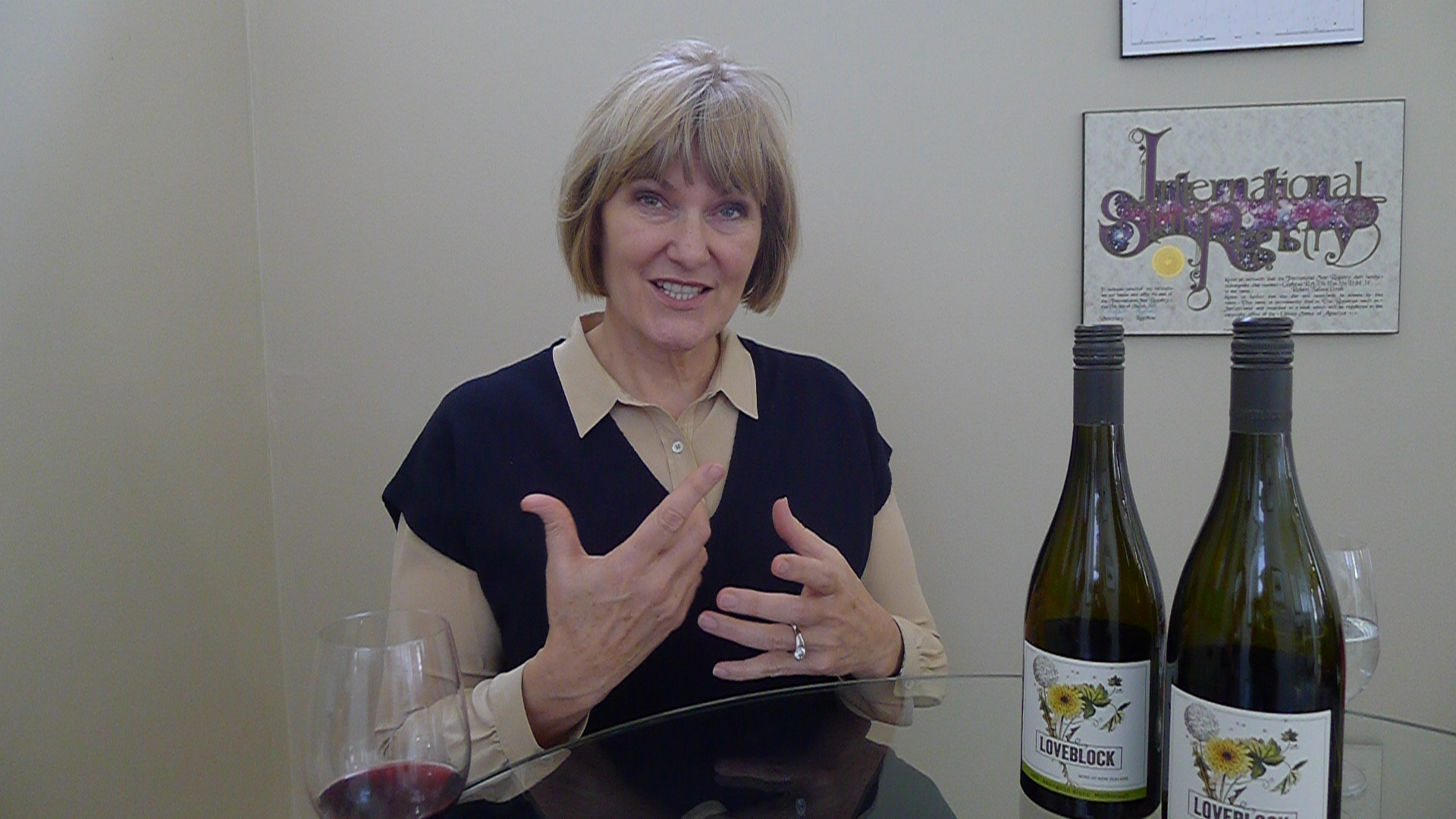When one thinks of Italy’s Piedmont and wine, bottles of Barolo and Barbaresco dance in the mind. Wine lovers often forget or are ignorant of the other wondrous wines made from non-Nebbiolo varieties with their origins in the region. Grapes such as Dolcetto, Ruchè (which I love beyond words), and, in the case of this article, Barbera.
While exact records are scarce and often argued, it’s relatively established that Barbera has been cultivated in the Piedmont since the 13th century, with some claiming the grape goes as far back as the 7th century. And while it is Italy’s fourth most planted red grape, just after Merlot of all things, its most expressive bottlings are from the rolling hills of Monferrato, a rural haven of jaw-dropping vistas.
Monferrato is located right between Turin (to the northwest) and Milan (to the northeast), and the contrasts could not be more pronounced. When you arrive in the Monferrato region, the rural landscapes take your breath away. It is precisely what you would imagine a picturesque sanctum for wine lovers to be. The cities are quaint, warm, and invoke a sense of welcome. Moreover, Monferrato’s beauty and air catapulted it to prominence as a UNESCO World Heritage Site in 2014.
Now, back to Barbera. Barbera possesses some standard traits that one can expect, namely its racy acidity and moderate tannin. However, Barbera’s expression doesn’t just stop there. This grape has an exquisite way of showing a sense of place in the glass. This is why, on a more meso level, you find notable Barbera bottlings in Monferrato’s Asti and Langhe’s Alba, each with a distinctive flavour profile. Barbera d’Asti, for example, is known for its bright acidity and bold fruit flavours and is a prime example of this varietal. Whereas Barbera d’Alba is slightly lighter and more delicate. Each area adds its fingerprint to what’s in the glass. So, what happens when unique Barbera characteristics are found on the micro level—an extraordinary zone within an established DOGC? Well, you create a new DOCG, and here enters Nizza DOCG of Asti.
Nizza DOCG
To those in the know, Nizza has always been acknowledged for its superior quality of wine. The area has been repeatedly praised for its diverse and rich soils and distinct elevation compared to greater Asti.
“Historically, even before the appellation, everyone knew that Barbera from this area has more structure. If you want to have a Barbera that you can age 15 or 20 years, you have to grow Barbera in this area,” said Gianni Bertolino of Tenuta Olim Bauda.
Located smack dab in the centre of the Asti region, these Nizza DOCG wines have the profile of Asti but deeper. Nizza Barbera is welcomingly layered on the palate with a fantastic balance of bright red fruit tempered by florals, wild herbs, and supple, earthy qualities. While the grape is low in tannin, the oak treatment regulated in Nizza adds an ounce of grip for additional backbone, making Barbera from Nizza DOCG the most complete expression of this varietal I’ve ever had.
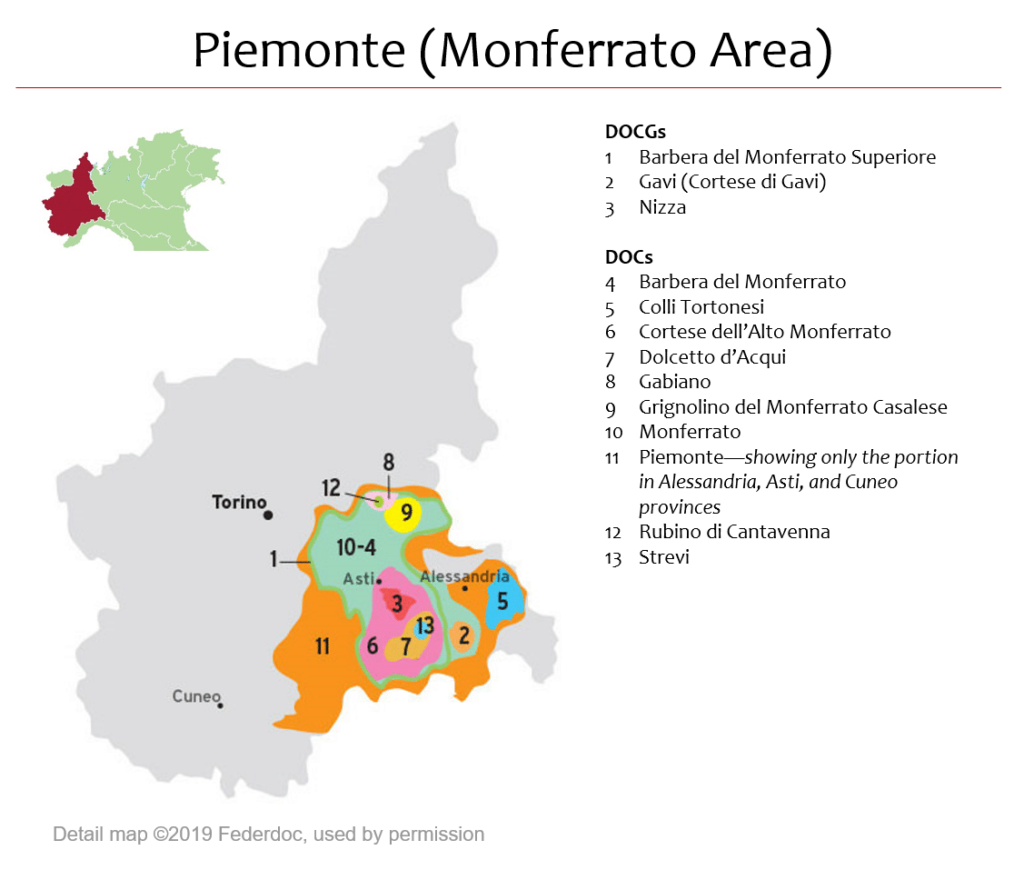
Courtesy of Italian Wine Central
THE NIZZA PATH TO DOCG
In the late 1990s, a group of like-minded producers submitted a claim to have Nizza recognized as a protected sub-area of Asti. From here, producers took the painstaking 13 years to perfect and settle on their final submission for DOCG positioning. It was important to them that the region be represented in the best light possible and that the beauty and particular qualities they saw in the land they toil, vintage after vintage, could easily be discerned from the application.
Those 13 years of application due diligence were peppered with stepping stones to regional identity. With the persistence of Nizza producers, right around the time of the 2000 vintage, the area was granted the right to label wines of criterion ‘Barbera d’Asti Superiore Nizza’. At this time, Barbera d’Asti was still a DOC. It was not until 2008 that the wider area was granted DOCG status.
Though the title of Barbera d’Asti Superiore Nizza gave the region some self-expression and a way to speak to the consumer about their specialty, more was needed, and Nizza producers continued their lobby for DOCG status in the background.
In 2002, the Associazione Produttori del Nizza was formed. The charge behind the Association came from some named producers in the area: Michele Chiarlo of Michele Chiarlo, Bruno Ciocca of Cascina Giovinale, and Gianni Bertolino of Tenuta Olim Bauda. Their mandate was to protect the vintners and their interests and push forward the end goal of DOCG status.
One of the things the Association instituted early on was annual tastings for all members. This was the first appellation of its kind to mandate this practice. Each May, the producers who are participating members of the Association get together and taste each other’s wines blind. To ensure respect and fair treatment, the Association’s secretary collects all of the tasting inputs and builds reports for each winery. The results of a winery’s blind tasting notes are shared with the winery principal only. The idea is to, as a producer, see how one’s wines stand up to your peers, but more importantly, be able to discern and define the Nizza wine profile and character. The very thing you need to build is not just a DOCG but an identity and brand. The tastings ensured that when, in 2013, the Association requested DOCG status for the area, they had more than enough identifiable characteristics that made Nizza its own unique vinous tapestry.
Finally, in 2014, the application was approved by Italy’s Ministry of Agriculture. Nizza producers had won the right to DOCG status just six years after Barbera d’Asti, which used to be its geographical designate superior.
Nizza DOCG Specifications
In addition to drinking incredible Nizza Barbera from astute producers, what makes exploring the DOCG even more exciting are the nuances you find in the region. Yes, as a whole, Nizza has a typicity that is its own, but even within it, there are pronounced sub-zone differentials.
The Nizza DOCG is made up of 18 communes, Agliano Terme, Belveglio, Bruno, Calamandrana, Castel Boglione, Castelnuovo Belbo, Castelnuovo Calcea, Castel Rocchero, Cortiglione, Incisa Scapaccino, Moasca, Mombaruzzo, Mombercelli, Nizza Monferrato, Rocchetta Palafea, San Marzano Oliveto, Vaglio Serra, Vinchio.
In the communes located to the North/North East in Nizza, you find sandy red soils, which I find lead to more aromatics in the wine. Central Nizza is known for its marl and fossilised soils, which give these wines an added sense of austerity, and to the south, limestone soils and higher elevation give these wines a more linear focus. Clear distinctions can be made as you traverse the sub-zones of Nizza in your glass, and that’s just plain old fascinating.
Despite the noted differences in the soils above, Nizza DOCG regulations do mandate clear practices for all producers using the label. Regulations such as the wine must be made from 100% Barbera and have a minimum ABV of 13% or 13.5% if ‘single vineyard’ is listed on the label.
Regulation is also placed on ageing. Nizza DOCG Barbera must see a minimum of six months in barrel and a minimum total ageing of 18 months. If ‘Reserva’ is on the label, the above ageing requirements are 12 and 30 months, respectively. The last regulation of note is that all vines must be planted in the south/south-west aspect. This stipulation guarantees optimal sunlight exposure, allowing the grapes to ripen more evenly and develop the right balance of sugars and acids, maintaining the viticultural quality Nizza is known for.
I asked Gianni Bertolino what gaining DOCG status meant for the area. He talked about the growth in sales the area has seen since then and the amount of foreign investment coming into the Monferrato region from the United States and other areas of Piedmont, such as Barolo, and Northern Europe.
“Because of the growth, we are now at one million bottles produced. The Association now has 85 producers, which means we’ve been able to make Nizza in important territory and brand.” He goes on to say, “The value of the vineyards has grown three times the amount it was before 2016. This is really important because it means the new generation of producers in the area has capital that helps them get loans to make investments in the vineyard to improve quality. So, I think Nizza DOCG was not just a new appellation; it was a revolution.”
While it’s been a long road to DOCG status for Nizza, one thing remained true throughout the 13-year journey: the resilience and persistence of those who rely on production from its vines. Nizza is not merely a geographical indication; it’s a representation of passion, dedication, and a profound connection to the land.
Today, the DOCG exports roughly 50% of its production, with its principal markets being the United States, Switzerland, and other parts of Northern Europe, and there is much growth on the horizon for its up-and-coming export markets.
With the support of the association and tenacious producers, the future of Nizza DOCG looks promising, with a growing global recognition that mirrors the ascending reputation of this remarkable wine.
A special acknowledgement goes out to Stefano Chiarlo, who was supposed to be interviewed for this article. However, due to the untimely passing of his father, Michele Chiarlo, was with family at the repass. I’d like to think Michele Chiarlo is raising a glass of Nizza in his resting place, smiling fondly at the result of the work of he and his peers in making Nizza DOCG all that it is. Cheers to you, Michele!
Noteworthy Nizza DOCG wines I tasted while in Monferrato
2016 Cooperative Vinchio Vaglio Sei Vigne “Insynthesis” Nizza DOCG
This cooperative was formed in 1959 and represents Nizza DOCG producers in the central communes of Vinchio and Vaglio Serra. This wine made the list largely because of what it represents. This bottle is the culmination of grapes from the six best vineyard sites of the cooperative, vinified together to make one wine. With that said, Insynthesis is made only in the best years, and the 2016 vintage is only the fourth they’ve done.
It is good to know that vintage 2019 made the cut, but I was too early to give that a try. The 2019 bottling of this wine will also be the first of the cooperatives to use the Nizza Reserva DOCG on the bottle!
The story of this wine very much represents the working relationship of the cooperative and its members and the member-to-member knowledge sharing that goes on.
![]()
2020 Bersano “Cremosina” Nizza DOCG
Aged in large barrels, the grapes in the Bersano Cremosina get a chance to do their thing.
Inviting floral notes, red berries that sing, and vibrant acidity on the palate made this wine not only a standout for me, but a very refreshing take on Barbera that anyone who loved cool climate Pinot Noir for its acidity and lighter body would appreciate.
![]()
(All wines are scored out of a possible five apples)

